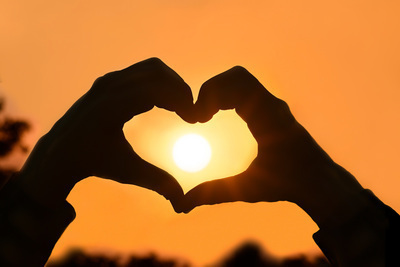Six months of rehab should have been enough, he thinks, to show that his knee bears no ill effects from the hit that forced
him to leave the Orange Bowl on a cart. He should have been out there, on the artificial turf in Penn State’s Holuba Hall this July afternoon, jogging downfield with a 100-pound plate in each hand, doing chin-ups until his sweaty mitts slip off the bar, and flipping a tractor tire the size of a fishpond. Lift for Life, an exhibition of strength so fraternally diabolical that it could have been hatched only by football players, is an annual charity event for the Kidney Cancer Association. It was here that Paul Posluszny would finally compete again, defending the title he and three teammates won last summer, and in doing so, hush all the whispers about the right knee that has sidelined him since January. But the day before the event, Penn State’s training staff told its frothing star to sit this one out. No need to risk injury, along with the Nittany Lions’ chances this season. So in his place stepped a stout 19-year-old named Andrew Shaw&mdashthe little brother of linebacker Tim Shaw and not even a student at Penn State. There was no way the poor kid could have known what he’d signed up for: 11 gut-turning events, just two minutes of rest between them, all designed to make muscles fail. Maybe it was the 1,000-foot virtual ascent on the VersaClimber. Or it could have been the 200-yard tussle with “Coach Buddy,” a dolly outfitted with an air brake to simulate 300 pounds of resistance. Either way, before he even got the chance to wrestle with the tractor tire, Shaw was being peeled off the turf, reaching for a bucket, any bucket, to puke in. Forgive Paul Posluszny for making poor Andrew Shaw the first accidental roadkill on his path back to football. That should have been him out there. You don’t have to tell that to the 2,000 or so people who paid 10 bucks a head to see Mr. Penn State sweat again. At the silent auction table, a signed photo of Posluszny titled “Red, White and Blue” is getting heavy action. (It eventually raises $300.) It features the senior All-America linebacker’s mug in profile, highlighted by a thick splash of blood from the bridge of his nose to his cheeks. He is in the building, fulfilling the peripheral responsibilities incumbent upon the unchallenged leader of the Big Ten champs. As linemen growl in pain on the turf behind him, Posluszny gives short media interviews on the sideline, all of which include the inevitable questions about his knee, which he very politely answers. Then it’s on to handshakes with boosters who, again, gently pry into the state of the joint, which he even more gently addresses. After a while, he is discreetly ushered past the ropes to the back of Holuba, away from the fans who ceaselessly mob him for autographs. Posluszny would sign for all of them if his minders would allow it. As the weights clank and the on-field groans get louder, Posluszny sneaks between the ropes to get closer to the action. He shouts encouragement, then clenches his jaw. “Those 100-pound plates are no good,” he whispers as an aside. Missing competition, even an insane, painpromising burlesque like this, eats at Posluszny. This was going to be his first chance to throw down with the team since its Orange Bowl win, when he leaped over a cut block and came down with partial tears in his posterior cruciate and medial collateral ligaments. “Before I hit the ground, I knew something was wrong,” he says. “It was the weirdest feeling I’ve ever had&mdashlike if I just moved it one way, something was going to explode. It was not cool.” He begged to go back in as the trainers carted him off the field. Rehab started almost immediately after. No surgery was needed, but a lot of sweat was.
A player mythologized for his training intensity began by staring down the modest goal of flexing his knee enough to slowly pedal a bike. Through this off-season, Posluszny has replayed the sequence of events that sequestered him in physical therapy. “I would think, You know what The play before I got hurt, I dropped an interception. The interception went right here,” he says, raising his hands to his shoulder, revealing a network of popping veins, “and it skimmed off my hands and went out of bounds. Next play I get hurt. If I just catch that ball, none of this happens.”
Whole Lotta Hell To Pay 2009: Months Rehab
Whole Lotta Hell To Pay

Event Location:
